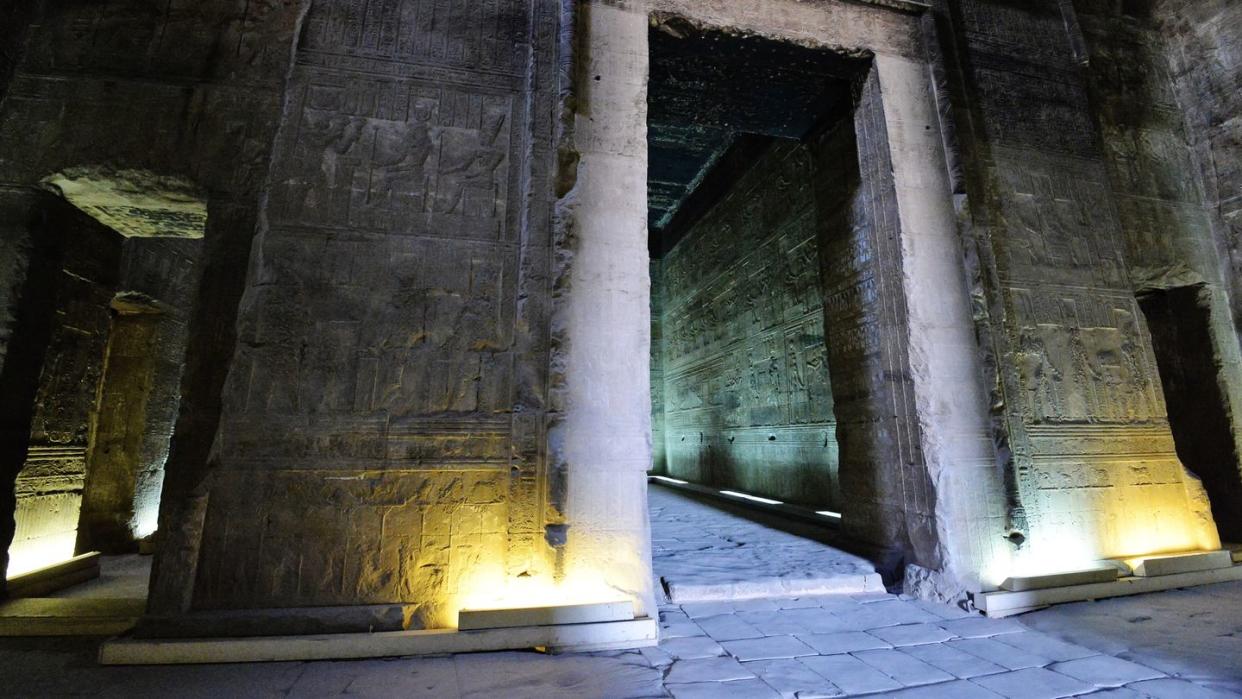Archaeologists Found a Family’s 3 Ancient Tombs Filled to the Brim With Treasure

Archaeologists discovered three 1,800-year-old tombs from ancient China.
The design of the tombs resembles that of a residence, showing the importance of family, even during burial.
While looters stripped two of the three tombs nearly bare, one was mostly untouched and yielded a family treasure.
Archaeologists discovered three remarkable 1,800-year-old, residential-style tombs featuring rooms and windows, where an ancient Chinese family was laid to rest alongside their treasured possessions.
While preparing for a local park expansion in Rizhao, China, archaeologists stumbled upon the tombs, which date back to the Han dynasty. But the archaeologists weren’t actually the first to find the tombs; looters had previously discovered at least portions of them at some point, largely clearing out two of the tombs, while leaving the third relatively undisturbed.
According to a translated statement from the Institute of Archaeology at the Chinese Academy of Social Sciences reported by the Miami Herald, what makes the tombs so fascinating—apart from the 70 artifacts constituting a family treasure located in the third tomb—is residential design.
Two of the tombs contained inscriptions of the Huan surname, showing the distinct familial connection between them. Experts say the tombs, accessed through passageways, share a similar design. The most intact tomb, known as M3, includes interconnected rooms with wooden windows and doors, indicating it may have been the final resting place of a married couple.
The excavation in Rizhao, which is about 400 miles from Beijing, yielded more than 70 artifacts, ranging from an iron sword to bronze mirrors and a variety of pottery. It likely constituted the family’s treasure, the archaeologists say.
In a distinctly unusual discovery, the team also located pieces of a coffin carriage, which was used to transport coffins into the tomb. The archaeologists described it as “exquisitely crafted and an uncommon find.”
The discovery of ancient tombs in China sheds light on cultural practices of bygone eras. A recent find from the second Jin Dynasty, approximately 800 years old, provides evidence of non-Chinese influence in the cultural tapestry of Shanxi province.
That discovery, which was also a three-tomb set, showed each had its own distinct characteristic and style, from architectural design to murals. Brick-carved arches, doors, and windows played heavily, and murals featured flora patterns and figures. Each tomb told its own story with epitaphs and inscriptions linking historical and geographical information key at the time.
You Might Also Like

